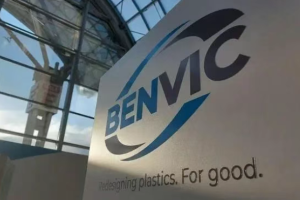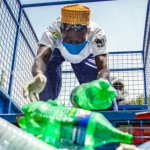December 2, 2024 – Car owners often find themselves troubled by the issue of scratched plastic components in their daily use of vehicles. These scratches not only detract from the aesthetic appeal of the car but can also adversely affect the lifespan of the parts. In response, we have delved into effective methods for repairing scratched plastic components and summarized the key technical points for car owners’ reference.

When dealing with scratches, the first step is to thoroughly clean the affected area. Owners should use a clean, damp cloth to gently wipe away surface dust and impurities. If the scratch is contaminated with oil or grease, a specialized cleaner should be employed for meticulous treatment to ensure a thorough clean.
For shallow scratches, owners can opt for polishing as a means of repair. By selecting fine sandpaper and gently polishing along the direction of the scratch, it is crucial to avoid cross-polishing, which could worsen the damage. After polishing, the surface must be wiped clean with a cloth to prepare for subsequent steps.
Deeper scratches may require the use of fillers for repair. Commonly available fillers in the market include plastic fillers and putty, which owners can choose based on their specific needs. The filler should be evenly applied to the scratched area, slightly raised above the surrounding surface. Once the filler has dried, fine sandpaper should be used for meticulous polishing until it is level with the surrounding surface.
The next crucial step is the painting process. Before painting, owners must ensure a clean, windless environment and take protective measures for other components to avoid contamination during the painting process. Choosing a paint that matches the color of the plastic component, a thin layer should be applied initially. After it dries, multiple coats should be applied to achieve the desired repair effect.
According to AsiaMB’s sources, car owners should also pay special attention to certain technical points during the repair process. For instance, the polishing force should be moderate to avoid excessive polishing that could lead to surface damage. The filler should be applied evenly and at an appropriate thickness to ensure the repair effect. When painting, maintaining an appropriate distance and moving at a uniform speed is crucial to avoid paint runs. Furthermore, after the repair is completed, sufficient time should be allowed for the plastic components to dry and cure fully to ensure complete restoration.
In summary, repairing scratched automotive plastic components is not a difficult task. By mastering the correct methods and technical points and putting them into practice, car owners can restore their vehicles’ original glory.














